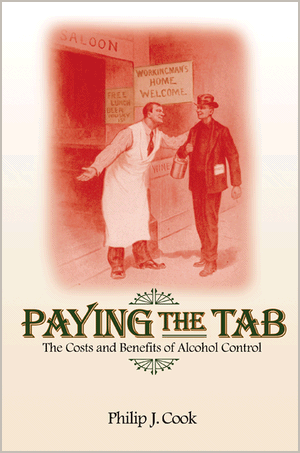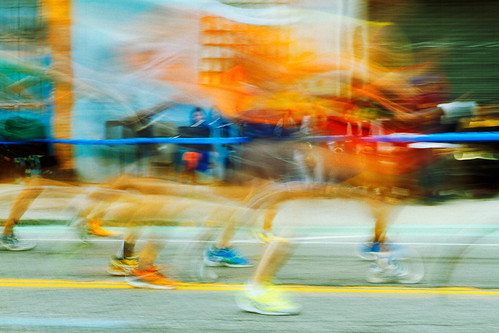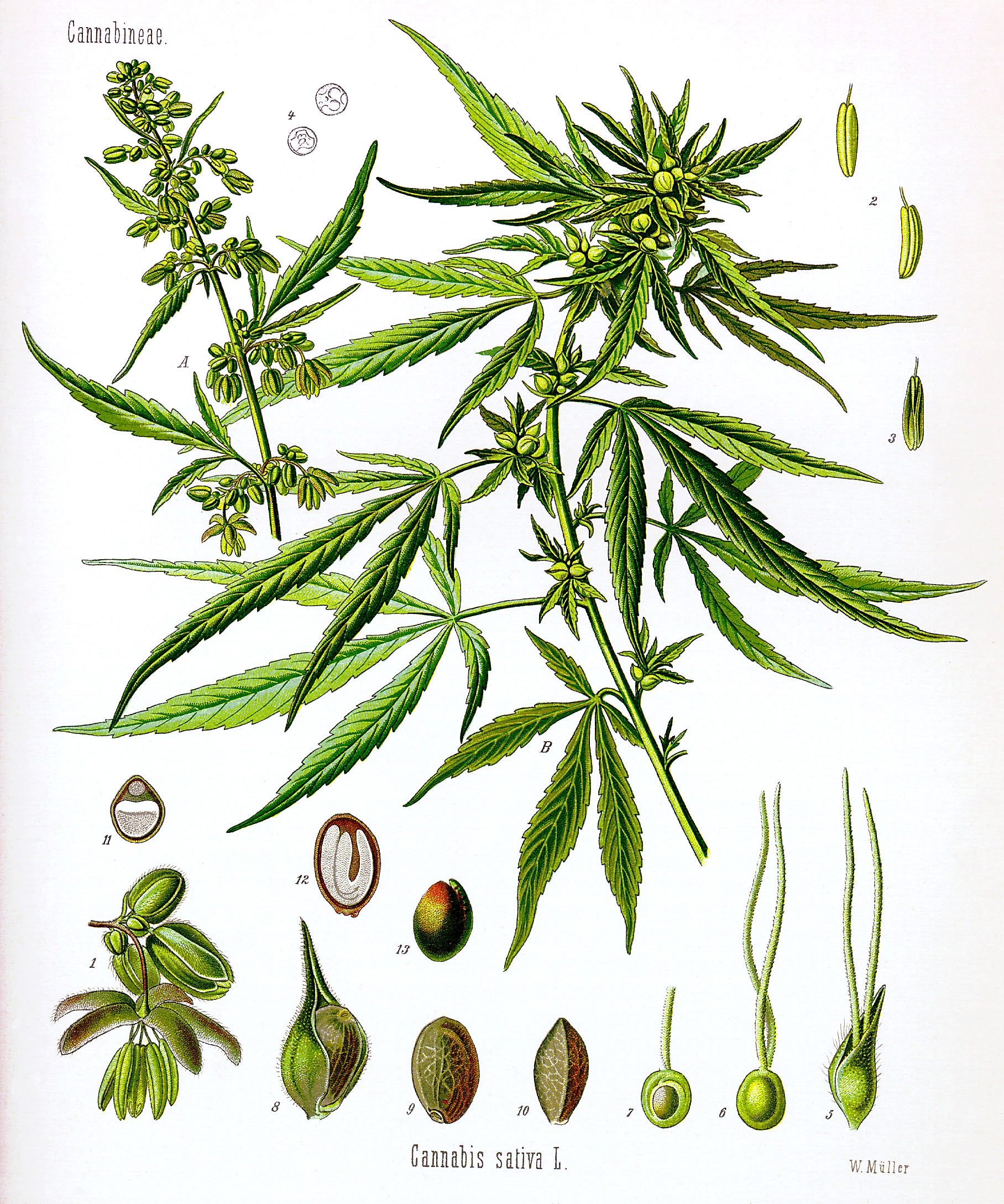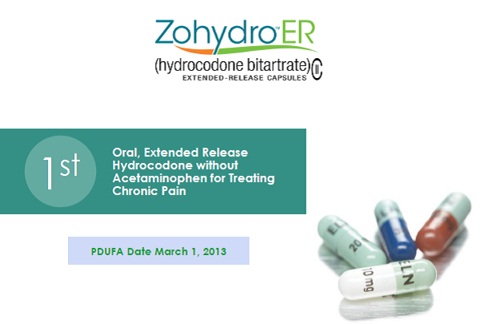 |
| http://img2-2.timeinc.net/toh/i/g/10/holidays/xmas/12-diy-disasters/04-homeowner-mishaps.jpg |
Here are some tips for avoiding emotional fallout this holiday season.
1. Recognize physical symptoms of depression and anxiety. Emotional distress begins in the body. If you feel exhausted and tired look inward to see if it's psychological or physical. Anxiety can manifest as stomach upset, insomnia, irritability or jumpiness. Again, take an inventory. Identifying and understanding physical symptoms is the first step in addressing them. Whether the source is emotional or physical, you can do something about them.
2. Ask yourself what the symptoms mean. If they are physical, slow down, rest, change your diet etc... If they are psychological in origin ask yourself what are these feelings and what do they mean? Are you trying to suppress or ignore feelings of guilt, obligation, resentment and anger, or any other negative emotion?
3. Be kind to yourself and others. If you don't feel well and cranky maybe going to a holiday party isn't the best idea as it may make you feel worse. Sitting out a party or a gathering can be the kinder thing for yourself and for others; you are sparing negative energy from people you love and like. Listen to your inner voice even if it's saying something out of the ordinary.
4. Talk it out with your therapist, friends and family (not at the party or the dinner). Engage, reach out and share your feelings. If other people aren't available, talk to yourself by writing it out in a journal.
5. Go easy with food and drink. Alcohol will certainly amplify whatever you are feeling and overindulging will actually worsen symptoms of anxiety and depression and decrease the quality of sleep. As for food, gaining extra weight is much easier and more fun than losing it, so practice moderation.
7. Be proactive. If you know you are going to be alone research and plan ahead activities. Do you have books, movies and activities to keep you occupied? Reach out to others who may be also be in the same boat.
8. Lower your expectations, or at least make realistic your expectations of the holiday season. Norman Rockwell's version of American holiday experience is aspirational at best.
9. Create your own rituals even if it's just for this year. Maybe Santa Claus will no longer be welcomed in your home. Rather than receiving maybe Christmas is just about giving nonmaterial things. Go ahead and create your own activities based on YOUR values.
10. Be mindful. Holidays come around once a year and for some it is a season of fun and celebration. Acknowledge their right as your own. Also, be mindful that, thank god, they come around just once a year and this too shall pass.


.jpg)



















